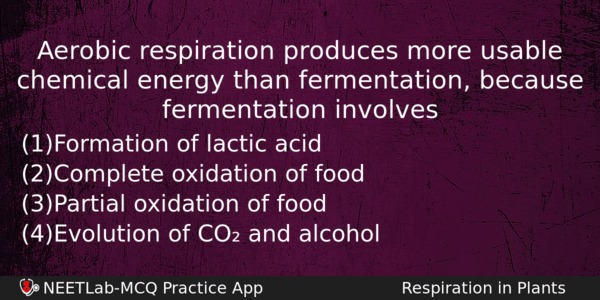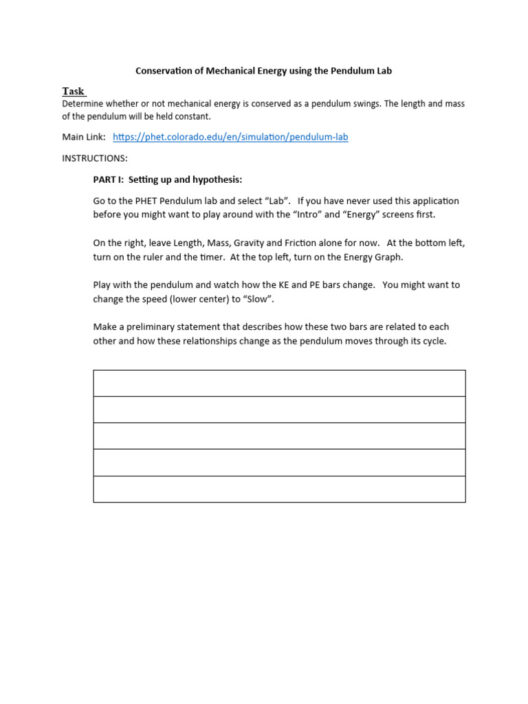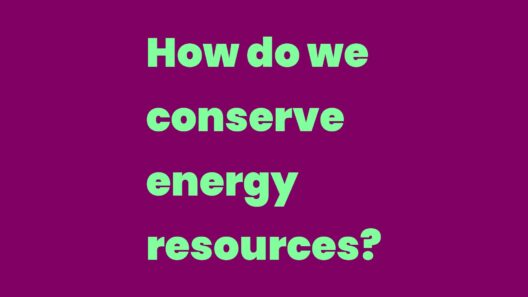Aerobic respiration is a fundamental biochemical process that significantly contributes to the energy dynamics of living organisms. The very essence of life hinges upon energy transfers and transformations, with aerobic respiration standing out as a particularly efficient method for energy conservation. But what exactly is aerobic respiration, and how does it compare to other metabolic pathways like fermentation? An exploration into this question reveals not only the strengths of aerobic respiration but also the profound implications it has for life on Earth.
Aerobic respiration can be defined as a complex series of metabolic processes through which cells convert biochemical energy from nutrients into adenosine triphosphate (ATP), utilizing oxygen in the process. This oxygen-dependent pathway consists of glycolysis, the Krebs cycle, and oxidative phosphorylation. Each step is meticulously orchestrated, maximizing energy yield while minimizing waste. The efficiency of ATP production through aerobic respiration can be astonishing, producing approximately 30 to 32 molecules of ATP from a single glucose molecule. In contrast, fermentation yields a mere 2 ATP molecules per glucose, highlighting the stark energy disparity between these two pathways.
A critical observation arises: why do certain organisms favor aerobic respiration over fermentation? The answer lies in the evolutionary advantages conferred by this process. Aerobic respiration allows organisms to extract the maximum energy potential from organic substrates, enabling them to thrive in diverse environments. This adaptability is particularly significant in energy-limited ecosystems, where efficient resource utilization can determine survival. For instance, aerobic microorganisms have a competitive edge in oxygen-rich habitats, allowing them to outcompete anaerobic organisms that rely on fermentation.
Furthermore, the implications of aerobic respiration extend beyond individual organism survival; they relate intrinsically to ecosystem functioning. Oxygen, a byproduct of photosynthesis, fuels aerobic respiration in animals and other organisms. This symbiotic relationship sustains food webs and ecological balance, as it serves to recycle matter and energy throughout ecosystems. Without the continuous flow of energy through aerobic respiration, complex life forms would struggle to maintain their physiological processes, let alone adapt to environmental changes.
Despite its efficiency, aerobic respiration is not without its drawbacks. The reliance on oxygen positions aerobic organisms in a precarious ecological niche. If oxygen levels decline—due to pollution, for instance—these organisms must adapt or succumb. Moreover, aerobic respiration produces reactive oxygen species (ROS), which can be detrimental to cellular structures if not adequately managed. This paradox serves as a reminder of the delicate balance that organisms must maintain in their pursuit of energy conservation and efficiency.
Examining the structural intricacies of aerobic respiration reveals greater depths of fascination. Mitochondria, the cellular powerhouses where aerobic respiration occurs, possess their DNA and a double-membrane structure, indicating a rich evolutionary history. This Cartesian dualism—an organelle originating from endosymbiotic ancestors—speaks to the intricate interdependence of life forms. In many ways, mitochondria are the unsung heroes of the cellular world, a microcosm of energy transformation that fuels every ripple of motion in multicellular organisms.
Interestingly, the evolution of aerobic respiration is also a testament to the interconnectedness of life and the environment. The atmospheric oxygen we now take for granted resulted from the advent of photosynthetic organisms that transformed Earth’s primordial conditions. As they released oxygen as a byproduct, a cascade of evolutionary changes ensued, paving the way for the emergence of aerobic life forms. This phenomenon illustrates how energy conservation practices are not just biological imperatives but ecological narratives that shape the trajectory of evolution.
The fascination surrounding aerobic respiration also juxtaposes it against the backdrop of global energy challenges. As the world grapples with diminishing fossil fuels and escalated climate change, understanding natural energy conversion processes becomes paramount. Nature exhibits enviable efficiency in energy production, and the study of aerobic respiration may inherently guide innovations in sustainable energy practices. By mimicking biological processes, scientists aim to develop biofuels and other renewable energy sources, aligning human activity with Earth’s inherent design.
In summary, aerobic respiration is arguably the most energy-conserving process in living organisms. Its intricate pathways yield substantial energy while fostering ecosystem resilience and interconnectivity. As we decipher this sophisticated metabolic mechanism, we unveil not only the vitality of aerobic organisms but also the environmental implications that shape our existence. Understanding the balance of energy conservation is essential not just from a biological perspective but also as a lens through which to view our relationship with the planet. The more we learn about these natural processes, the better equipped we become to ensure a sustainable future, harmonizing our energy needs with the delicate fabric of life.







